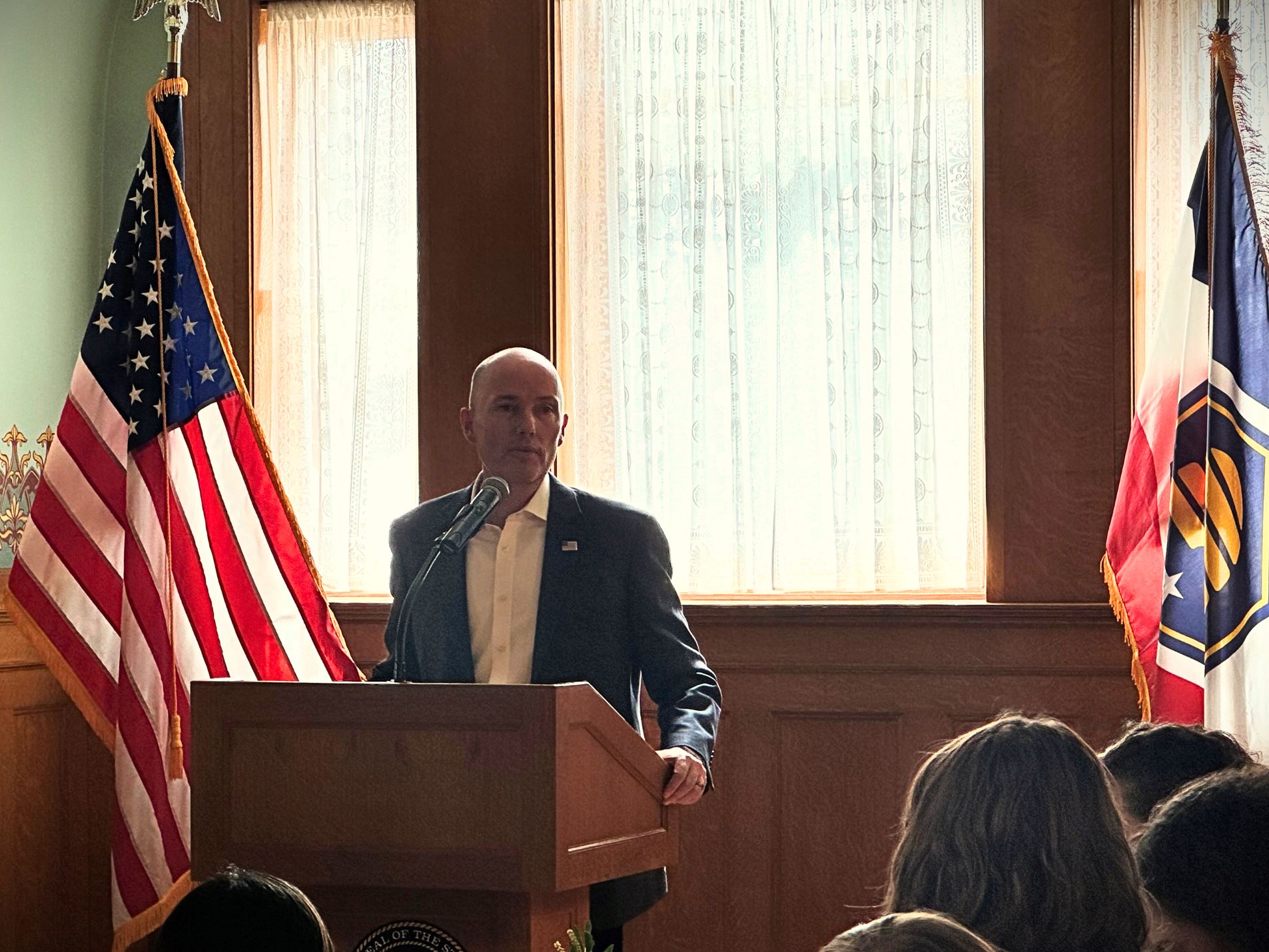The United States is experiencing a transportation technology revolution that is moving us toward a future that is increasingly autonomous, connected, electric and shared. The revolution promises many benefits but also raises challenges and concerns.
Executive Summary
The United States is experiencing a transportation technology revolution that is moving us toward a future that is increasingly autonomous, connected, electric and shared. The revolution promises many benefits but also raises challenges and concerns. Governors have a key role to play in preparing their states for a smooth transition to this new world of transportation. They can work alongside other state officials, federal and local governments, technology providers and others to advance innovation and stay ahead of the curve.
Several new technologies and technology applications are becoming widespread across the country: ride-hailing and car-sharing activated by smartphone applications; electrified transportation, including vehicles, ferries, bicycles and scooters; connected and autonomous vehicles (AVs); and unmanned aerial vehicles (UAVs), or “drones.” In addition, advanced communications networks are facilitating connected systems and the use of big data and analytics to support new transportation technologies.
Many states are seeking to advance the use of these new technologies alongside existing technologies, to achieve public policy goals such as: improved safety and mobility, enhanced economic development and quality of life, more efficient logistics that lower costs and emissions for improved public health and reduced land use. As with any technology transformation, however, states are experiencing concerns including more related to uneven safety impacts as the system transitions; workforce impacts; accessibility and disparity risks; privacy; cyberthreats; and various technology limitations, including the widespread availability of advanced communications networks.
States face several challenges as they seek to address these concerns and reap the benefits of new transportation technology. One overarching challenge is that the existing regulatory structure and related incentives have not kept pace with new technology. Moreover, modernizing the system calls for new market structures and financing mechanisms because states face huge shifts in their traditional sources of infrastructure funding, which are tied to gasoline taxes, registration and driver violation fees and parking charges. There may also be gaps in the skill set of the current workforce, which may not be familiar with new technologies. Finally, consumers may not be comfortable with the pace of change and the amount of choice they are being offered.
Governors can help prepare their states to embrace transportation innovation by pursuing the following seven strategies:
- Support technology innovation.
- Modernize legislation, regulations and incentives.
- Provide funding and financing mechanisms to drive technology deployment.
- Prepare the workforce.
- Update communications networks and data systems.
- Address cyberthreats.
- Educate citizens about the benefits and risks of technological innovation.












